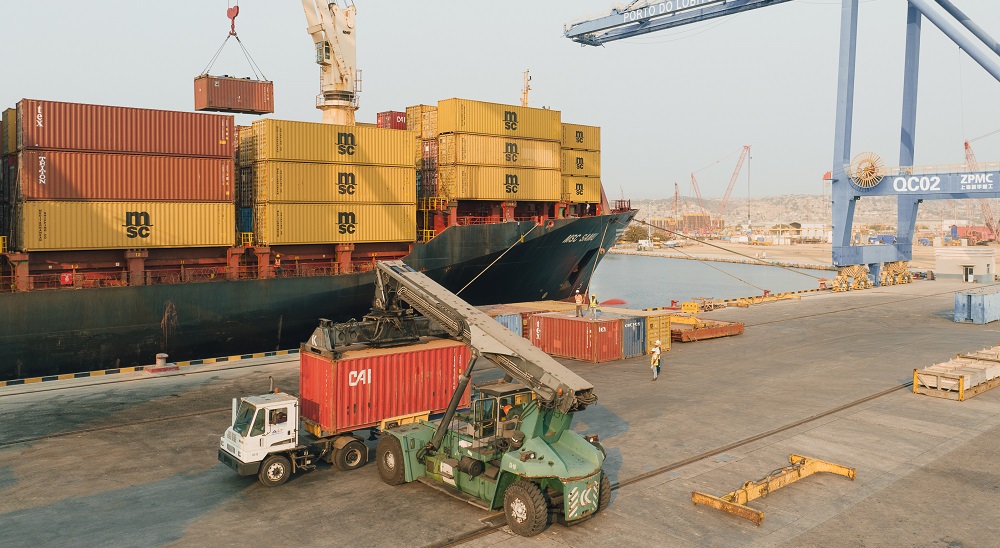With the implementation of tariffs on imports from China, Canada, and Mexico, the US under President Trump has shifted trade dynamics. Initially targeting China in 2018, the strategy now includes allies like Canada and Mexico, escalating trade tensions.
Globally, persistent trade friction suggests a shift towards protectionism in various regions. The EU, for example, has witnessed calls for import restrictions from its farmers, potentially leading to increased nontariff barriers. Historically, the EU has favored nontariff measures over tariffs to protect its producers, as seen in the ongoing case of South Africa’s citrus industry at the World Trade Organisation.
For South Africa, this trend poses risks to its agriculture sector, which has thrived on exports, contributing significantly to its growth over the past decades. In 2023, South Africa’s agricultural exports reached $13.2 billion, with projections for 2024 exceeding $14 billion, driven by high commodity prices and robust fruit exports.
The EU, Africa, the Middle East, and Asia are key markets for South Africa, while the Americas accounted for 6% of agricultural exports in 2023. Despite its smaller share, the Americas remain crucial, particularly for industries like nuts, citrus, wine, grapes, and fruit juices. Maintaining positive relations with this region is essential to avoid negative impacts on South African agriculture.
South Africa must strengthen ties with trade partners beyond Europe, focusing on pragmatic global engagement. This approach, coupled with economic diplomacy and strategic collaborations, is vital in a fragmented world. The departments of trade, industry & competition, and international relations & cooperation play a crucial role in advancing South Africa’s trade interests.
Source: Agricultural Economics


